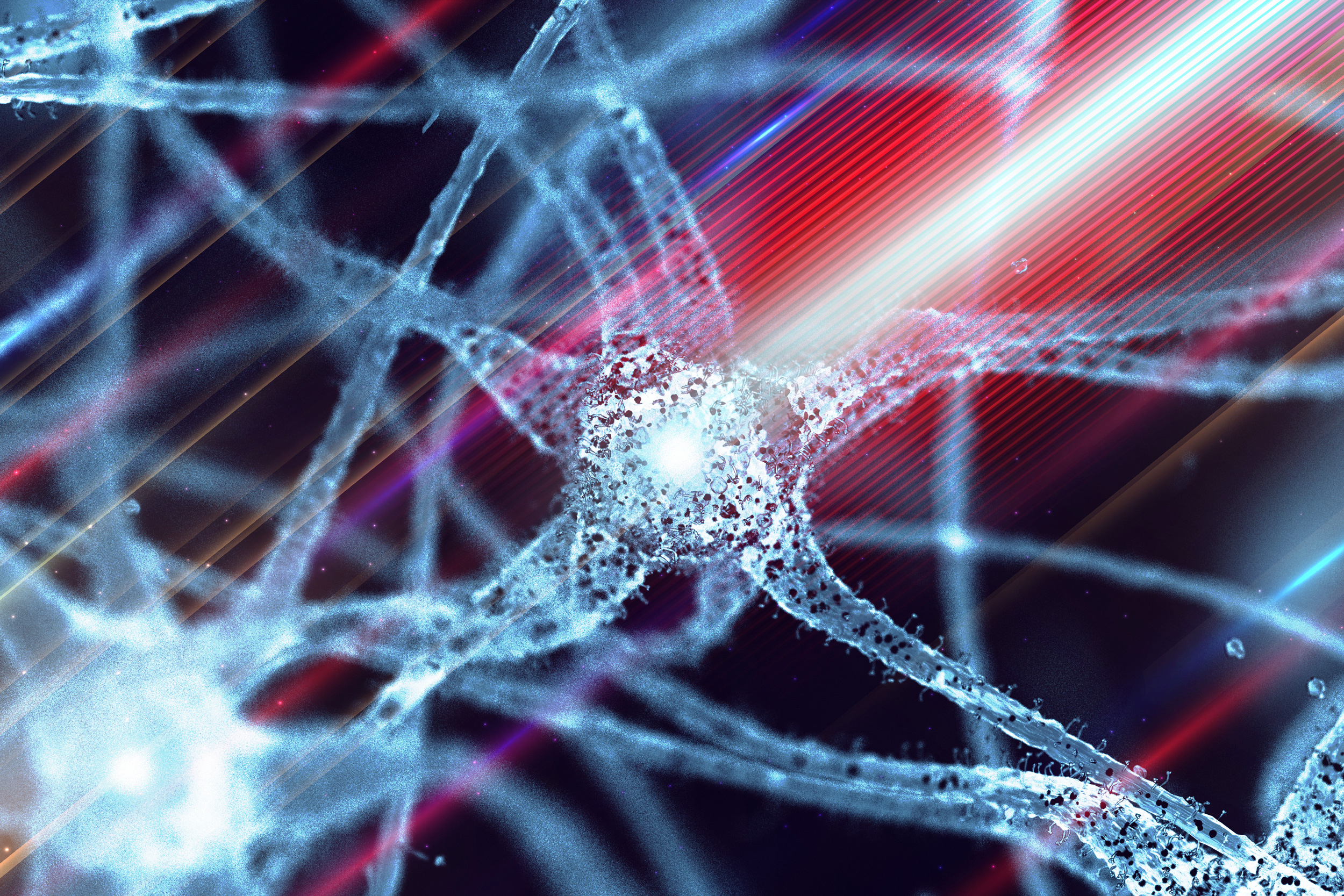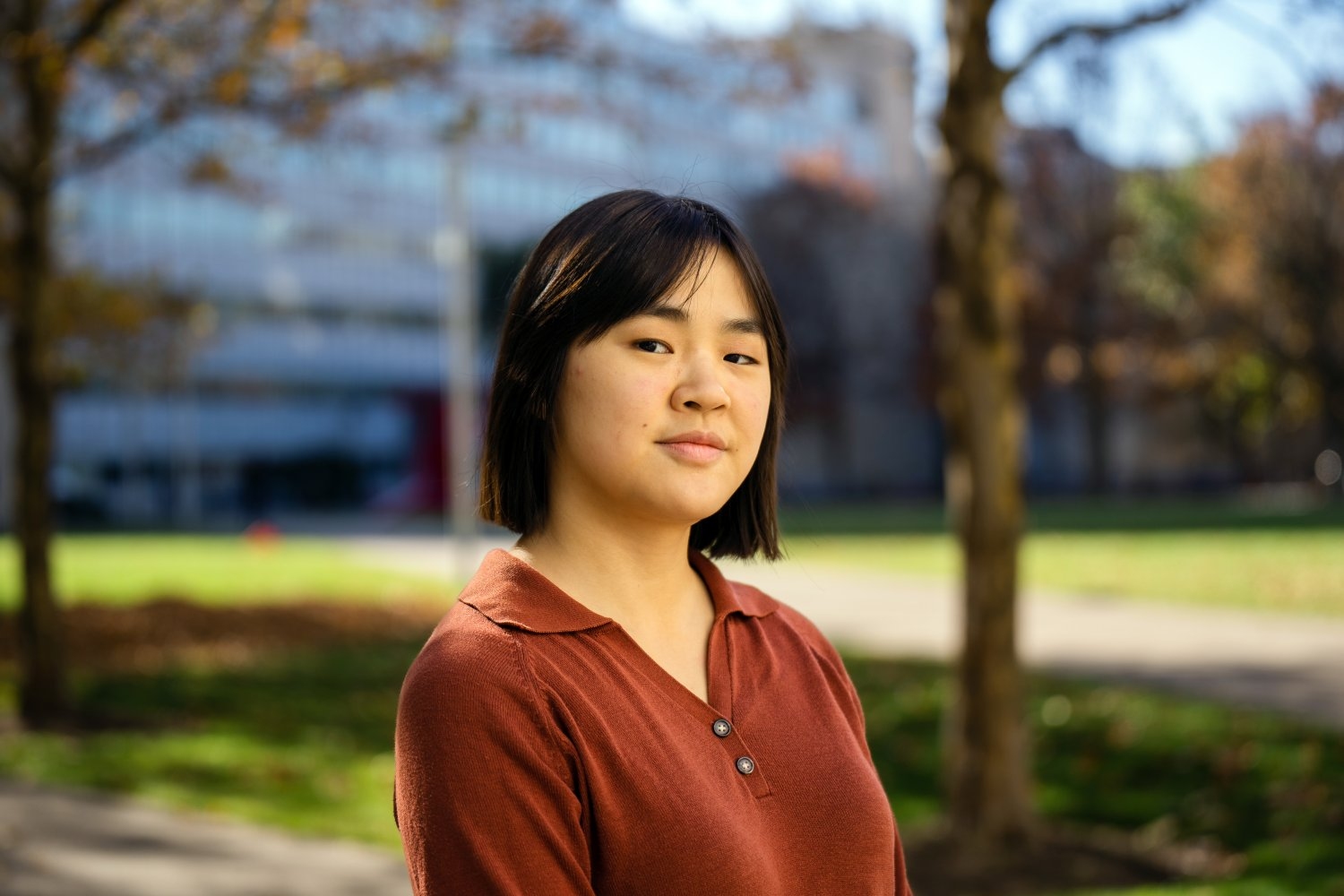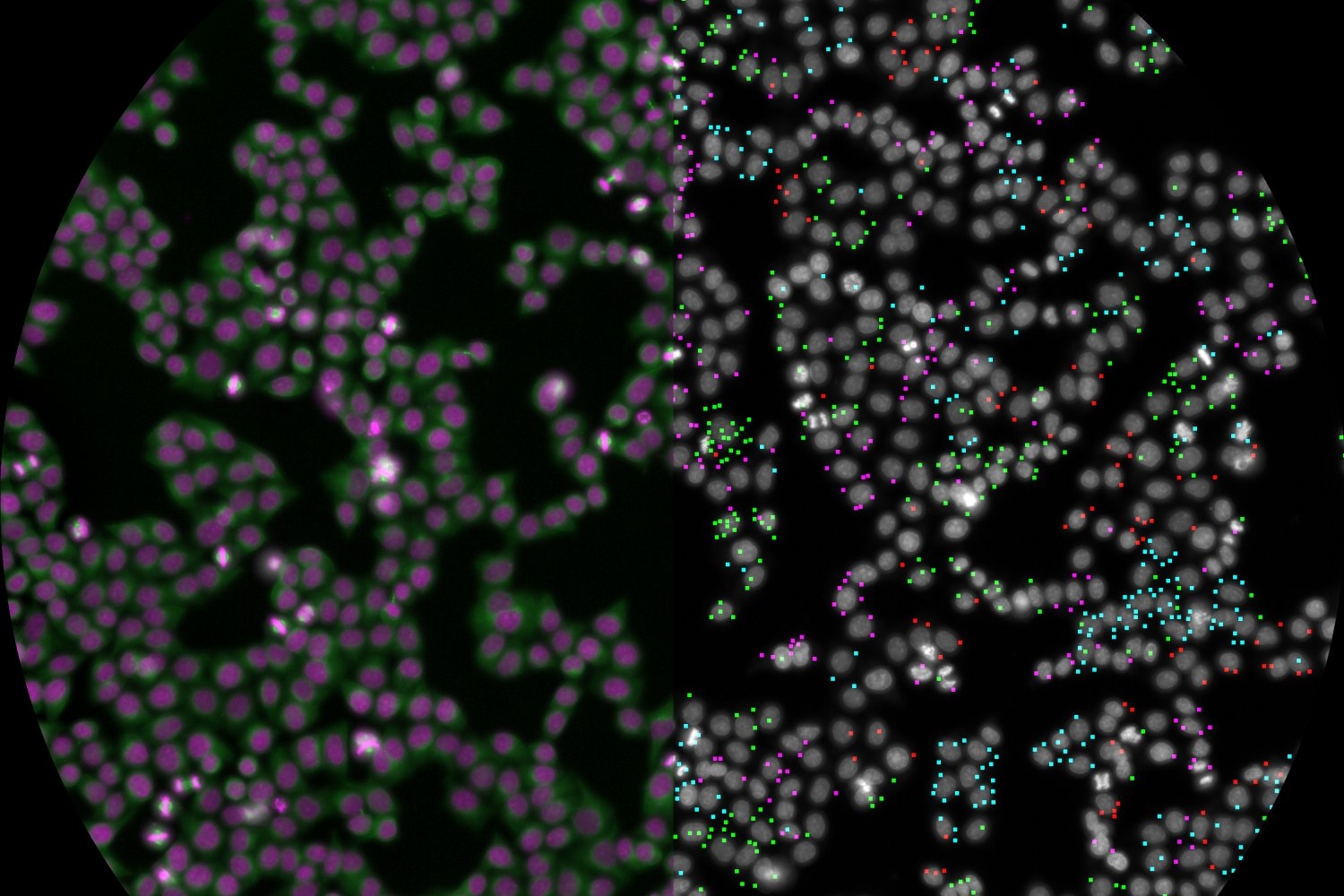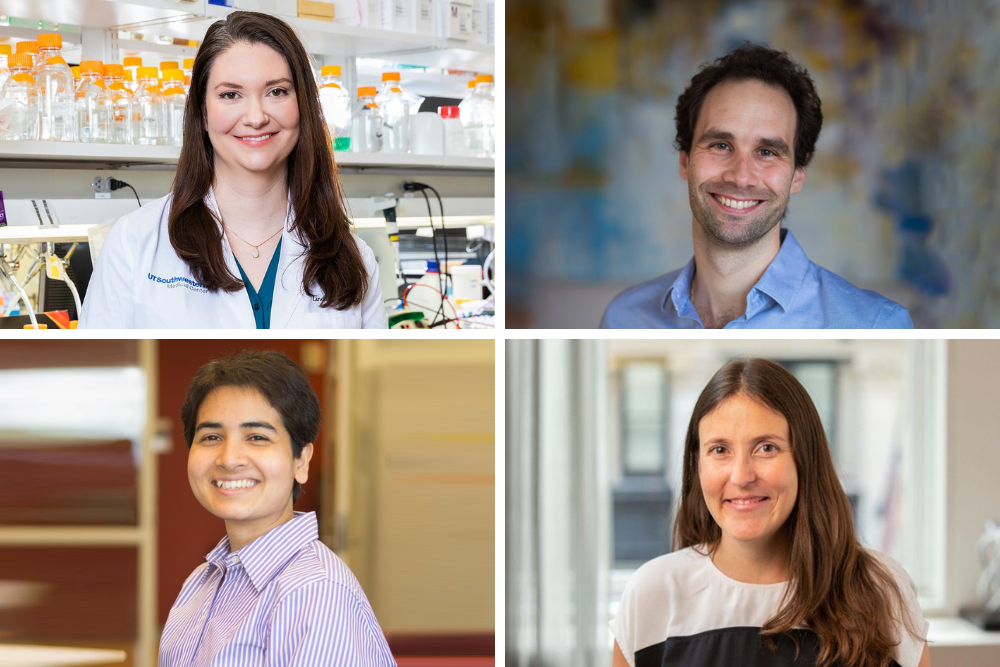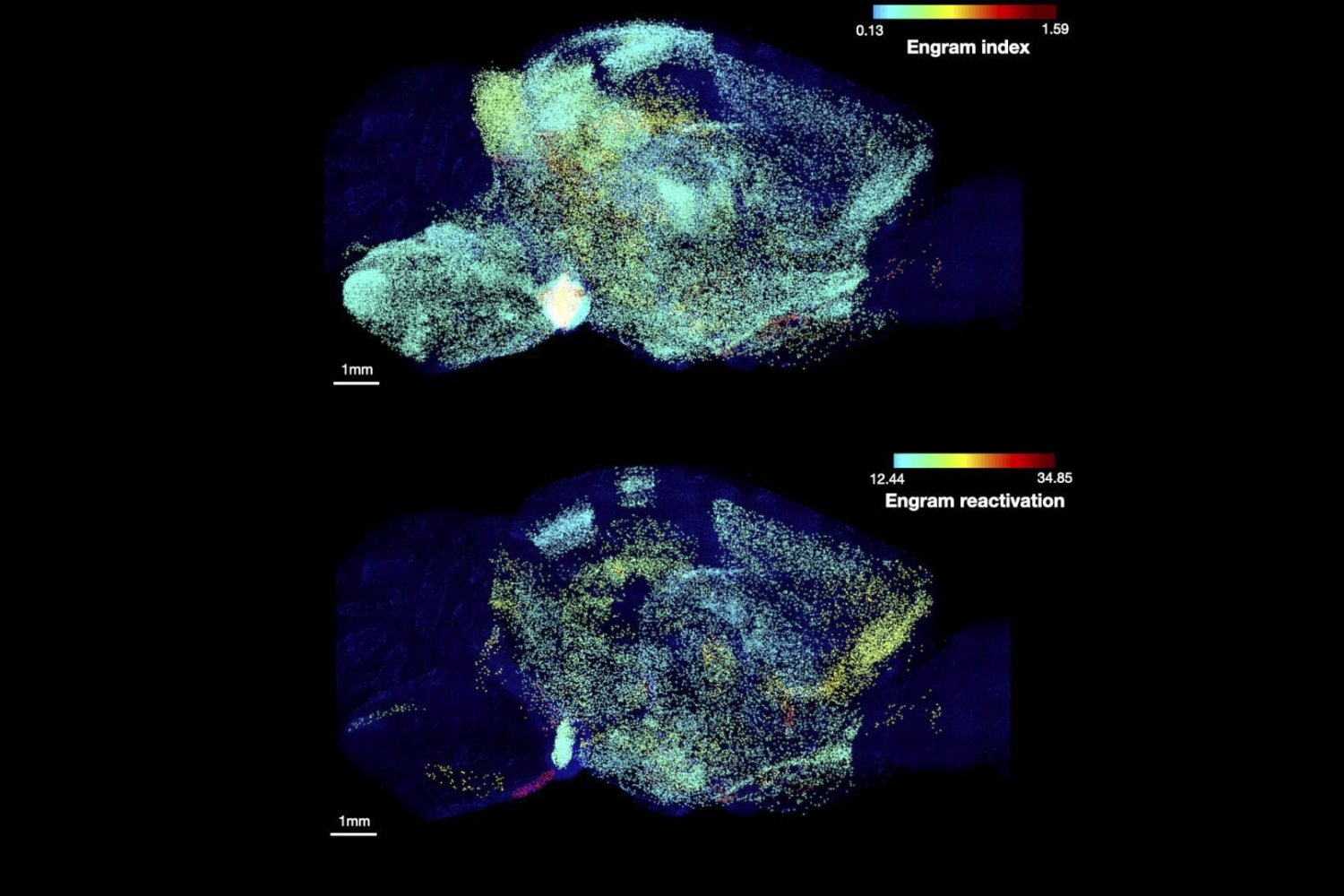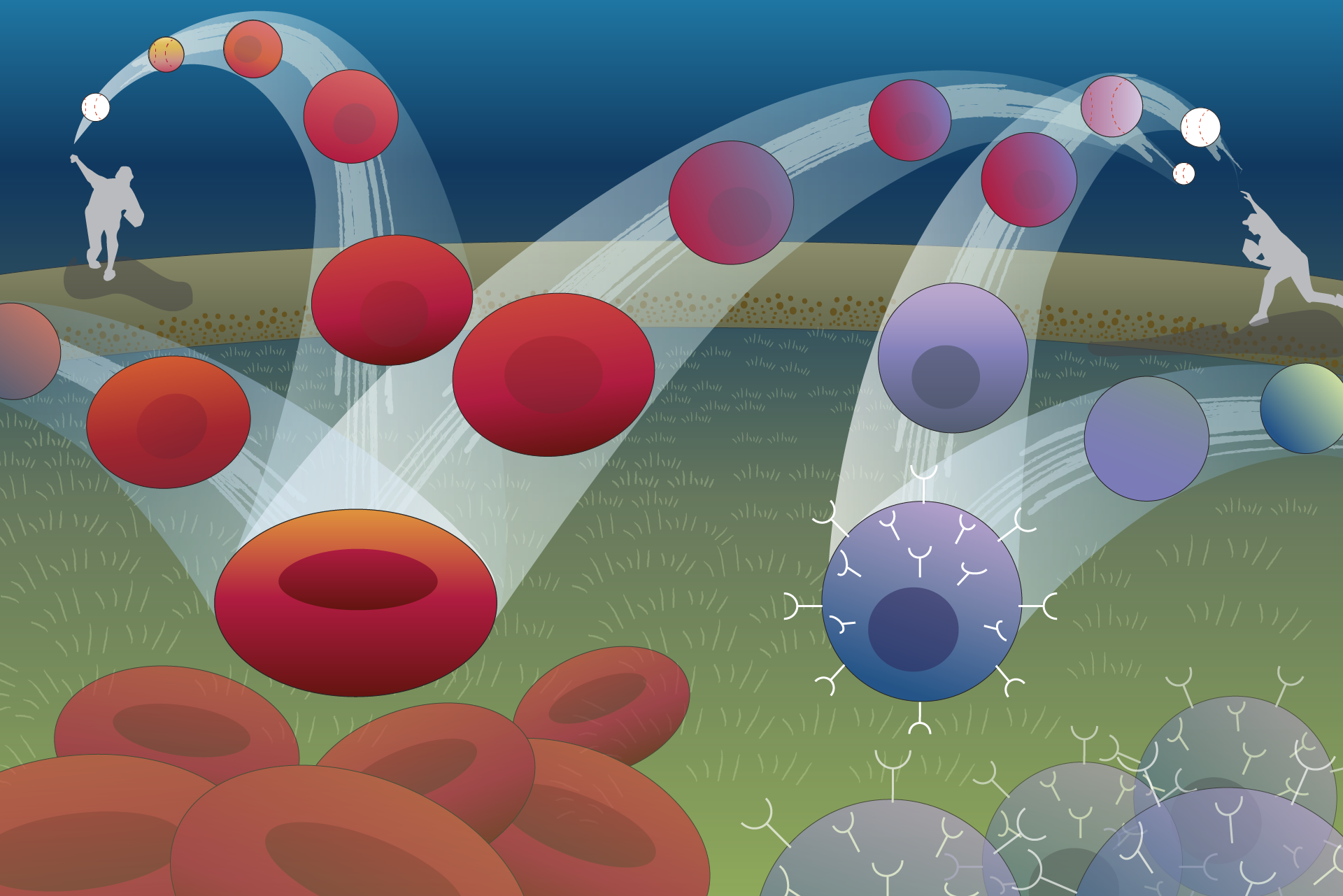A single memory is stored across many connected brain regions
Innovative brain-wide mapping study shows that an “engram,” the ensemble of neurons encoding a memory, is widely distributed and includes regions not previously realized.
David Orenstein | Picower Institute for Learning and Memory •
mit
May 2, 2022 • ~9 min
May 2, 2022 • ~9 min
An “oracle” for predicting the evolution of gene regulation
Researchers create a mathematical framework to examine the genome and detect signatures of natural selection, deciphering the evolutionary past and future of non-coding DNA.
Raleigh McElvery | Department of Biology •
mit
March 11, 2022 • ~9 min
March 11, 2022 • ~9 min
/
13

